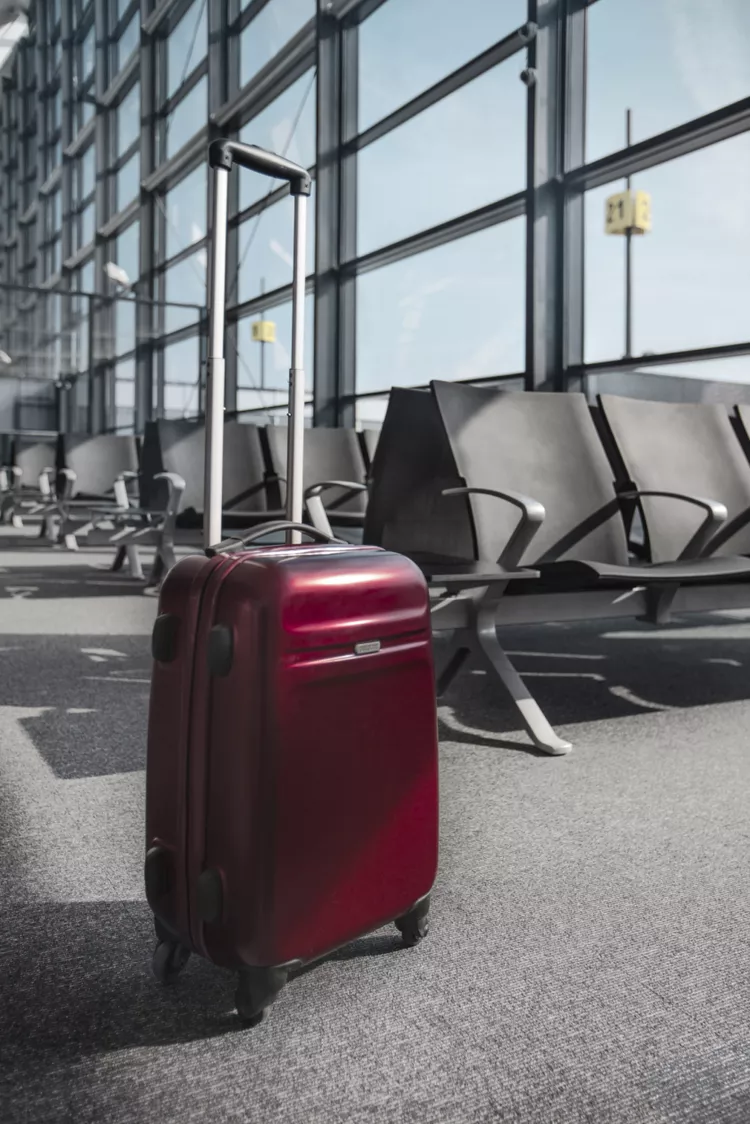What You Can and Cannot Bring Onto the Plane
When planning your trip to or from Canada, it is important to know what carry-on items are allowed on the plane, as well as what you can take through customs. While it certainly won’t ruin your trip, it would be a total drag to turn over the expensive lotion you forgot to put in your checked baggage. Therefore, before you pack your carry-on, familiarize yourself with Canadian Air Transport Security Authority (CATSA) restrictions. Moreover, also check for any additional restrictions specific to the airline you’re traveling on.
Permitted Carry-On Luggage
CATSA allows you to bring several different forms of carry-on luggage onto a plane. What you bring is usually dictated by your trip’s itinerary. For instance, if it’s a work trip, a briefcase may be your preferred carry-on item. Conversely, a ski or hiking trip may warrant a backpack. Whatever you choose, ensure it complies with the carry-on size restrictions specific to your airline. In general, you are allowed two pieces of carry-on luggage per person, which can include a small suitcase, backpack, briefcase, camera case (with extra lenses and equipment), and a laptop bag.
Permitted Carry-On Items
In addition to your two pieces of carry-on luggage, CATSA also allows passengers to bring certain necessity items. However, when traveling internationally, packing light is often more manageable. Therefore, unless you require a medical item, try to pack as much as you can into your carry-on for tidy and efficient travel.
CATSA permits traveling with the following items:
- Small purses (25 by 30 by 14 centimeters, max); large purses count as carry-on luggage.
- Medical equipment (such as an oxygen tank, a doctor’s bag, or a CPAP machine).
- A coat or outer garment.
- Crutches, a cane, or a walker.
- A diplomatic or consular bag.
- A stroller and a child restraint system.
- Duty-free items purchased after the security check.
- Drinks purchased at the gate.
- Solid food (some restrictions apply).
Liquids, Gels, and Aerosols
Any liquid, gel, or aerosol passing through security screening at Canadian airports must not exceed 100 milliliters (or 3.4 ounces) of product. Liquid containers should be housed in a resealable plastic bag no larger than 1 liter (or 1 quart), with only one bag allowed per passenger.
Some liquids, gels, and aerosols are categorized as “necessities” and are exempt from the 100-milliliters (3.4-ounce) rule. These items do not need to be kept in a plastic bag; however, you must declare them for inspection.
Items specific to baby care, such as baby food and drink, and breastmilk, are included in the exempt category. If you are traveling with an infant under two years of age (up to 24 months), baby food, milk, formula, breastmilk, water, and juice are permitted in greater quantities than 100 milliliters. Juice and special food items needed for diabetic passengers are also allowed.
Prescription medications fall into this exempt category, but they must be in their original labeled containers. Over-the-counter medications, such as pain relievers, cough syrup, decongestant spray, saline solution, and eye care products, are permitted. Furthermore, supplements like vitamins, herbal formulas, and gel-based nutritional supplements are also allowed.
Gel and ice packs are permitted only when needed to treat an injury, control the temperature of baby food, milk, breastmilk, formula, and juice for infants or to preserve medically necessary items or medications.
Restricted Carry-On Contents
A few items are not allowed on flights into or out of Canada. These items, perceived as potentially dangerous or capable of being misused for harmful acts, will be confiscated by security. This list includes razors, weapons, curling irons, billiard cues, knives, box cutters, sharp scissors, tools, paint, and pepper spray.





